What is pomegranate sand and where is it used?
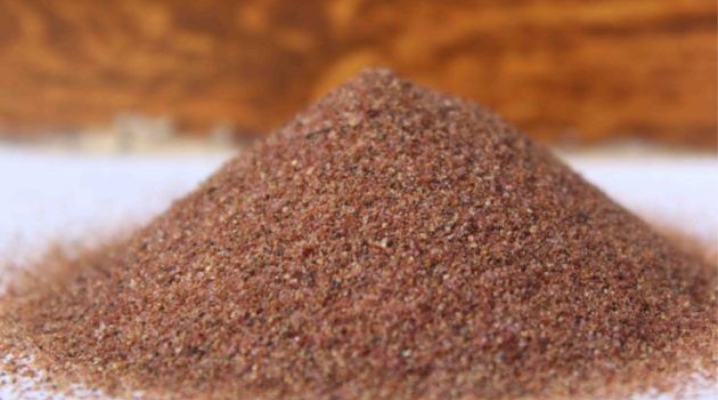
At present, various industries are developing very actively - and it is impossible not to notice. This is due to scientific and technological progress, thanks to which new materials and raw materials, equipment and technologies appear.
One of the materials that is currently most involved in the development and operation of industrial enterprises is pomegranate sand. Ask what is it? All information about him will be detailed in the article.
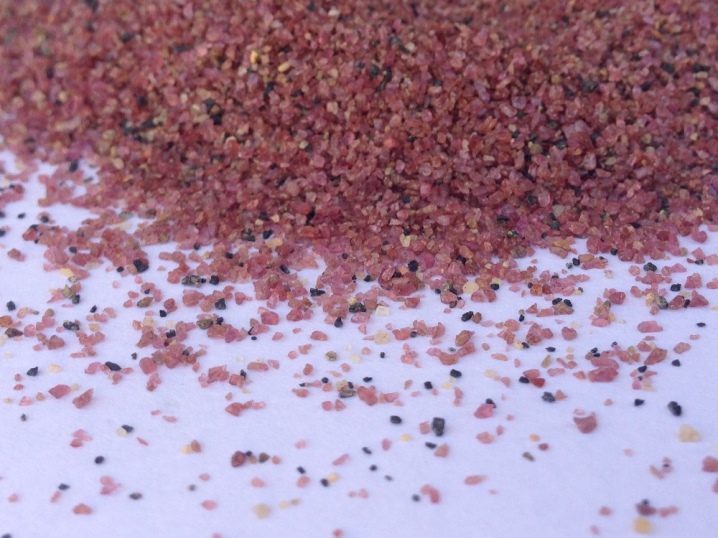
Features and requirements
Garnet sand has natural metamorphic origin. It belongs to non-metallic minerals, consists of almandine - garnet, the granules of which are a very heavy and hard abrasive.
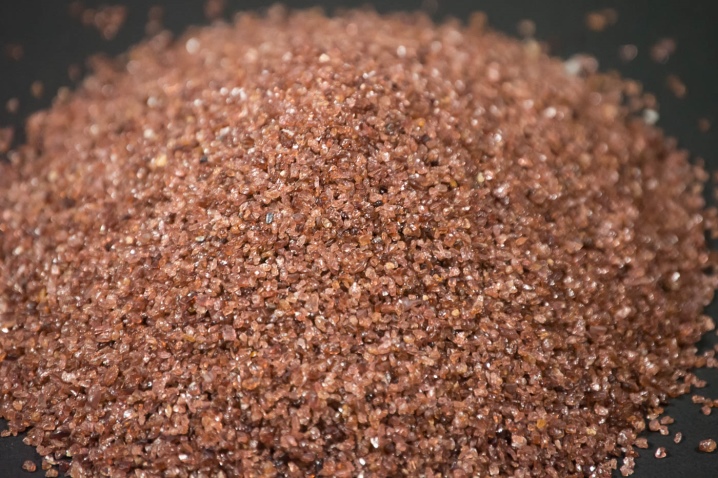
This material has many features and unique properties:
- has a high degree of resistance to various deformations;
- ecological cleanliness, that is, it is completely safe for humans;
- resistance to destruction;
- resistance to degeneration;
- high hardness.
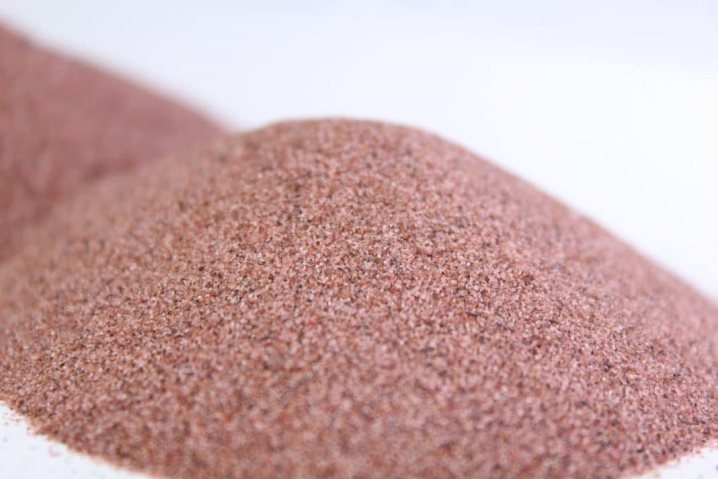
To date, none of the materials of natural origin can stand in line with it in terms of parameters.
Garnet sand is not only composed of almandine... It also contains other impurities: quartz, zirconium... But according to the requirements, the amount of impurities in it should not exceed 3%. It is characterized by a red-purple or dark burgundy color.
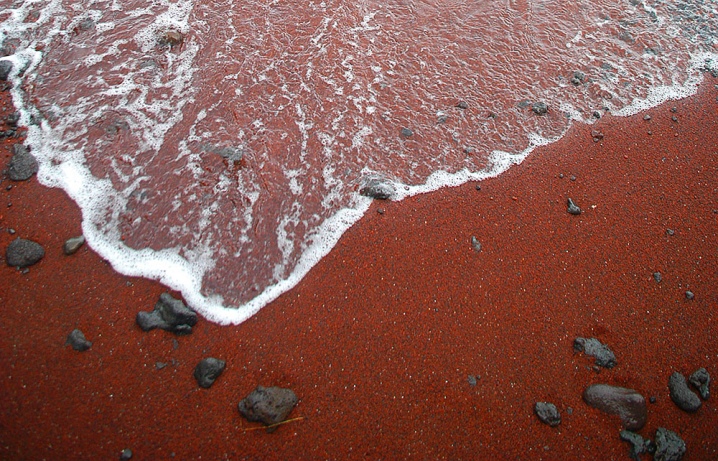
Today there are two types of such sand.
- Oceanic (also called natural or beach). No equipment is used to obtain this type of material. All that is needed is the time during which the rock, under the influence of weather conditions and the erosion process, will turn into the necessary substance.
- Mountain... It is obtained using the method of crushing rocks. It is this type that is considered the most durable, and it is preferred to use it in enterprises. In addition to strength, the material is also characterized by a variety of fractions, from the smallest to the largest. Sand of the required size is obtained by crushing.
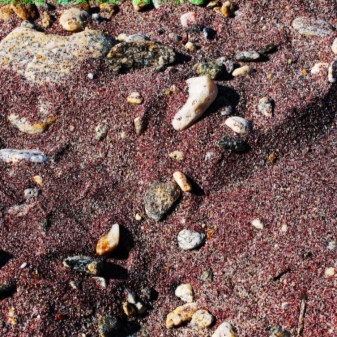

Production
India and Australia are considered the birthplace of garnet abrasive sand. It is from the rocks of these countries that the highest quality material is mined and produced, the name of which is Mesh 80 (the most popular and demanded).
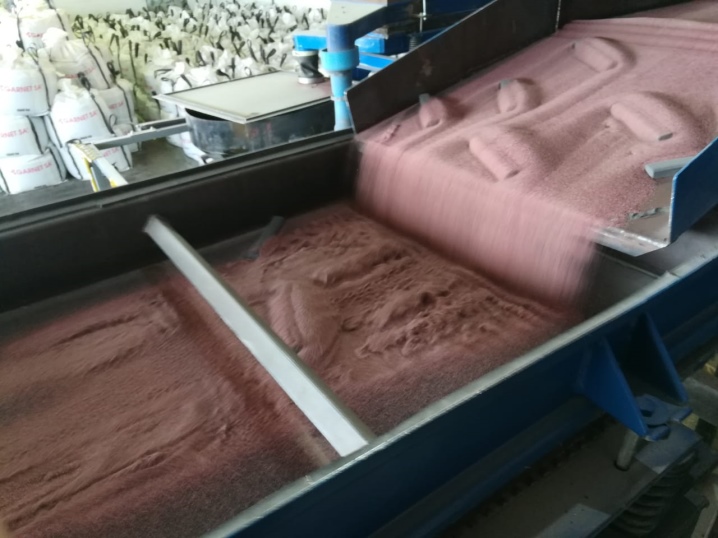
For a long time, all countries of the world bought sand in these places, but over time, the situation has changed.
Thanks to the availability of modern equipment, the extraction of garnet sand in Russia by crushing has also become possible. On the territory of the country there are several places of occurrence of abrasive rocks, the quality and technical parameters of which are in no way inferior to the garnet sand brought from India or Australia. Its largest reserves are located in Karelia - there are 13 deposits there.
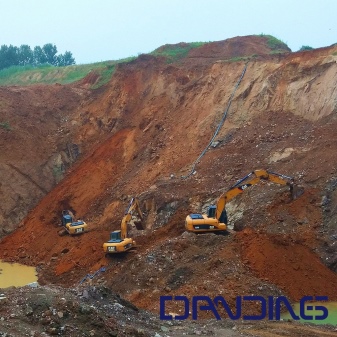
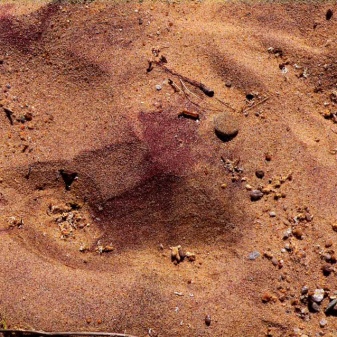
The domestic product is characterized by:
- high cutting ability;
- high quality and cutting speed;
- high density;
- environmental safety;
- lack of carcinogens and chemical elements in the composition.
It is also worth noting that even despite the large labor costs required to obtain a domestic product, it is economically unprofitable to bring material from other countries. The cost of raw materials mined in the Russian Federation is much lower.

The leader in the production and supply of pomegranate sand to the domestic market today is the company "CMT Group".
Applications
Earlier in the article, we have repeatedly said that garnet sand has excellent properties, the main of which is high strength. Due to this, it is widely used in various fields of activity.
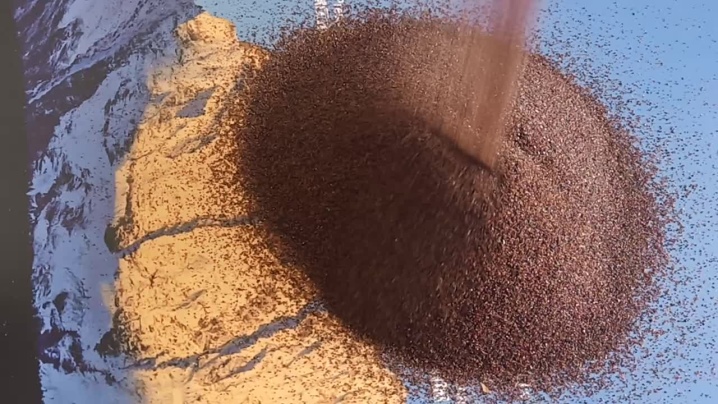
The material is used:
- in mechanical engineering;
- gas and oil industry;
- the process of restoration of bridges, buildings and structures;
- woodworking industry;
- the process of arranging tennis courts;
- shipbuilding;
- design;
- filtration systems for various liquids;
- the process of manufacturing ceramic products;
- automotive industry.
The area of application of pomegranate sand is quite extensive.
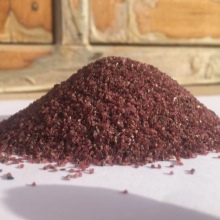

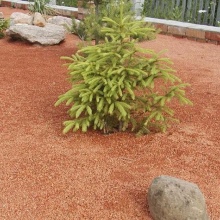
This is also due to the fact that the use of this material increases the coefficient of efficiency and speed of work.
Today, garnet sand occupies a leading position among abrasive materials. For a long time, for example, quartz sand has not been used to clean the bottoms of ships or the facades of buildings; it is pomegranate sand that has been used. As for the purification and filtration of water, experts say that the use of this abrasive improves the properties of the liquid.

Another area of activity in which pomegranate sand has become an irreplaceable material is waterjet cutting.
It is ideal for such an operation, as it almost doubles the speed of work.
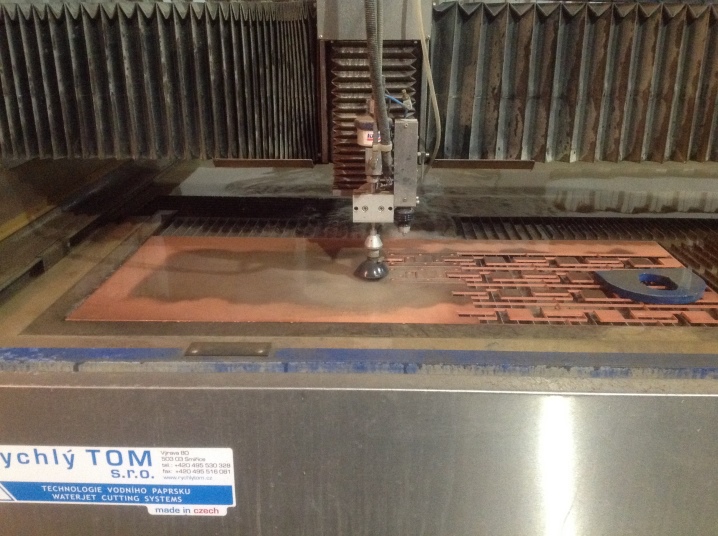
The use of pomegranate sand makes it possible to process:
- various metals;
- elements made of heat-resistant and stainless materials;
- natural and artificial stone;
- glass and rubber parts;
- concrete and reinforced concrete structures;
- ceramics and plastic.
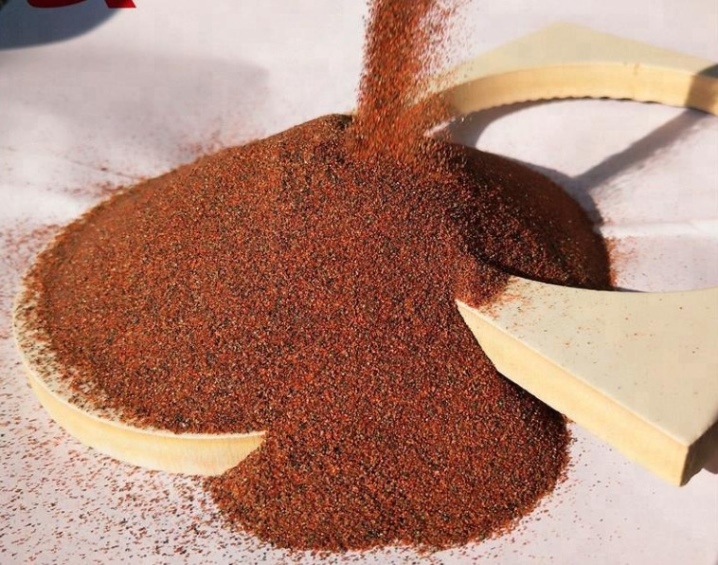
There is a technology of waterjet cutting using garnet sand. The material of a certain size is mixed with water under high pressure to create the ideal cutting machine.
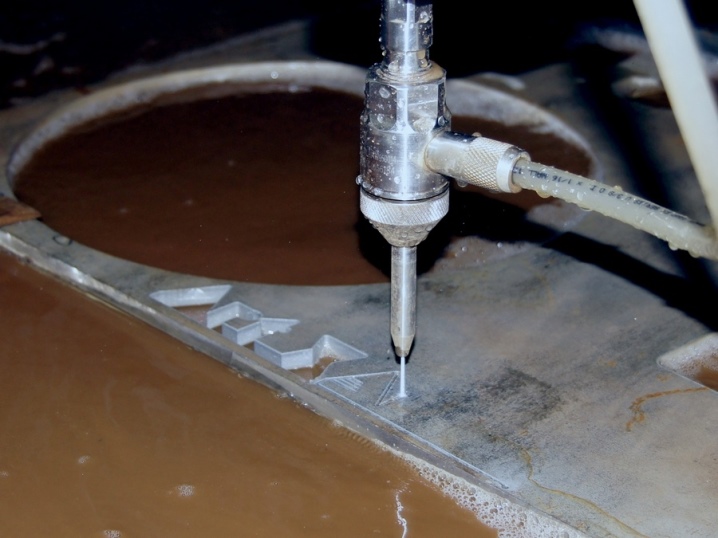
The video below shows an easy way to test the quality of pomegranate sand.













Great stuff, thanks. Sand from South Africa was pleasantly surprised by its quality.
The comment was sent successfully.